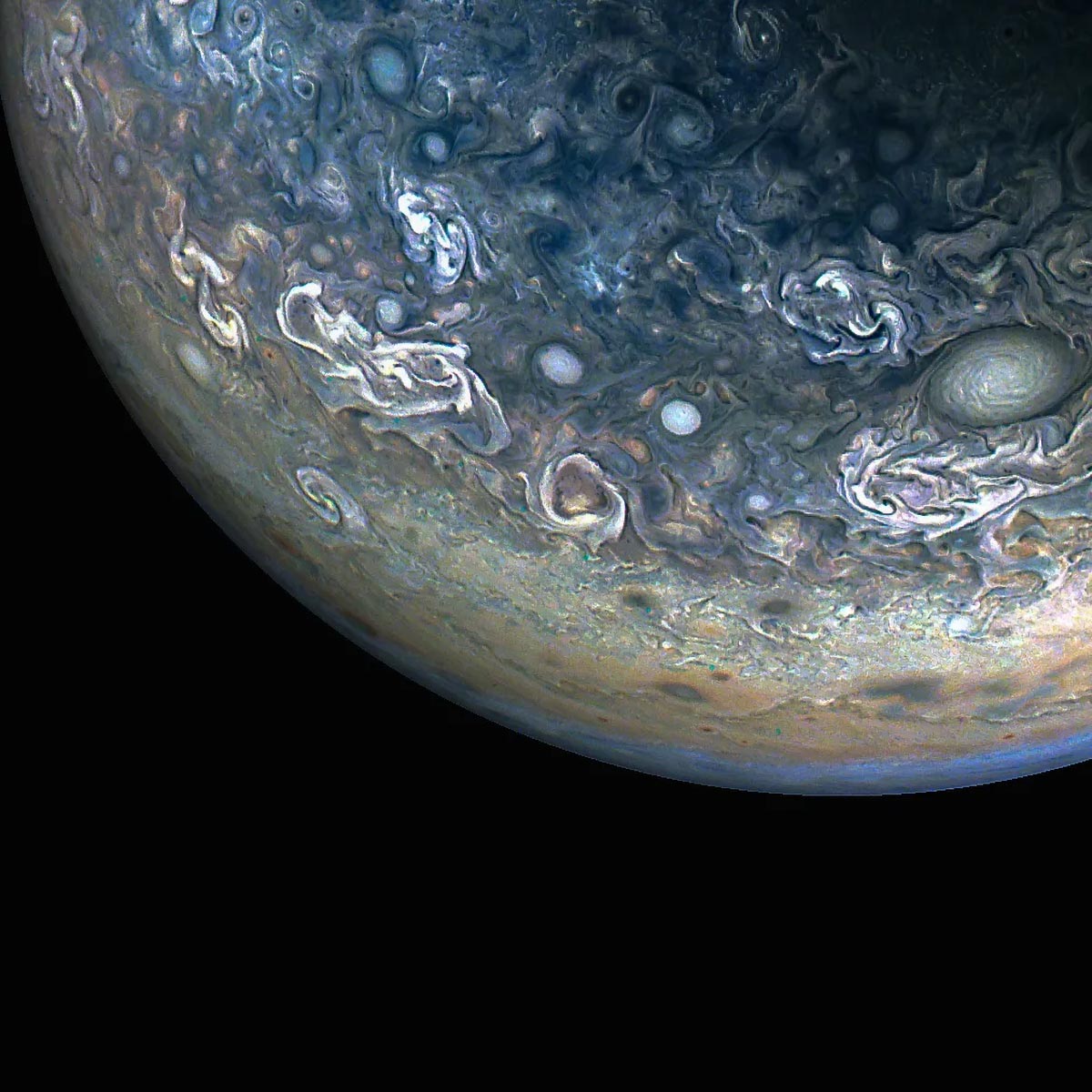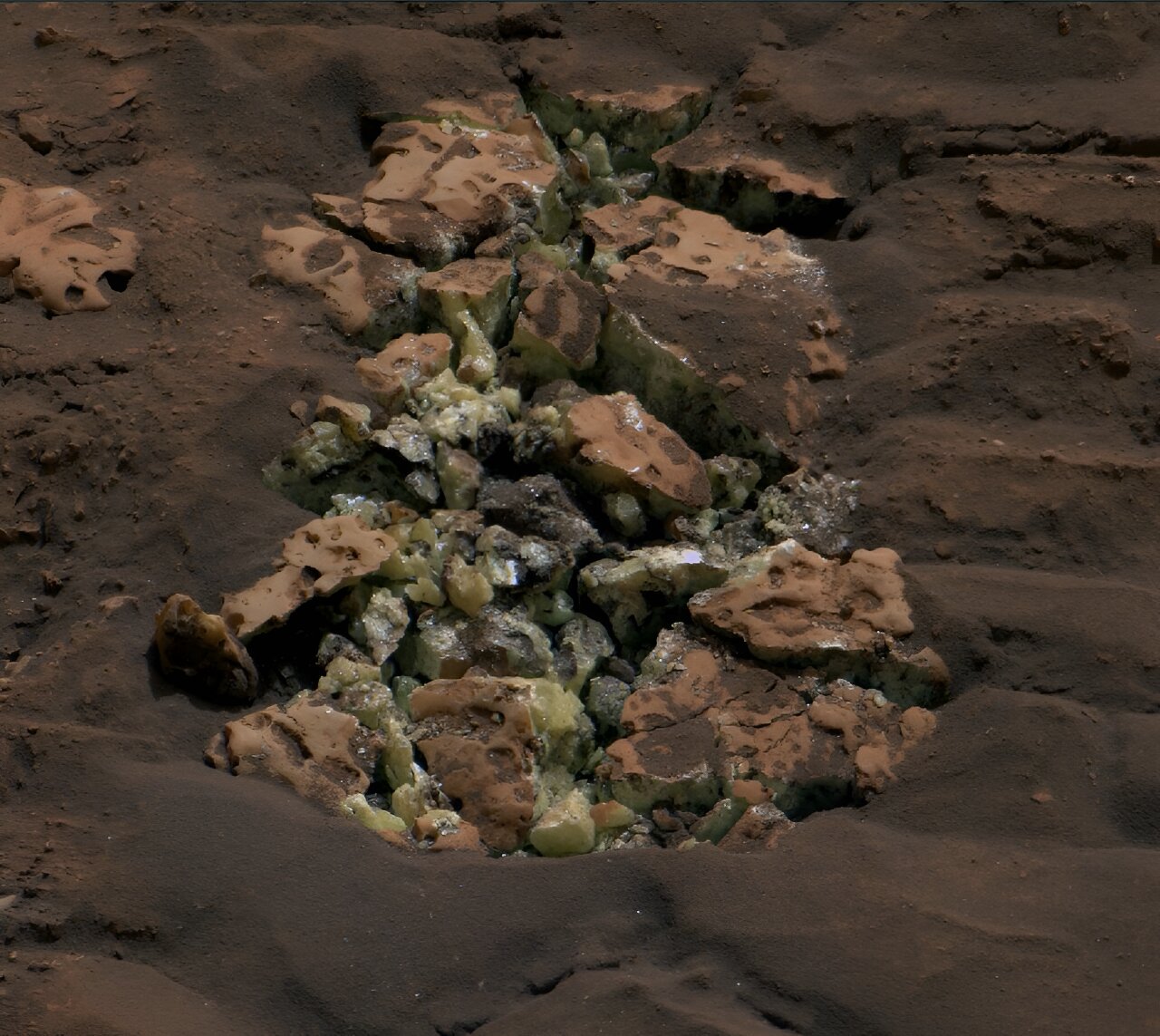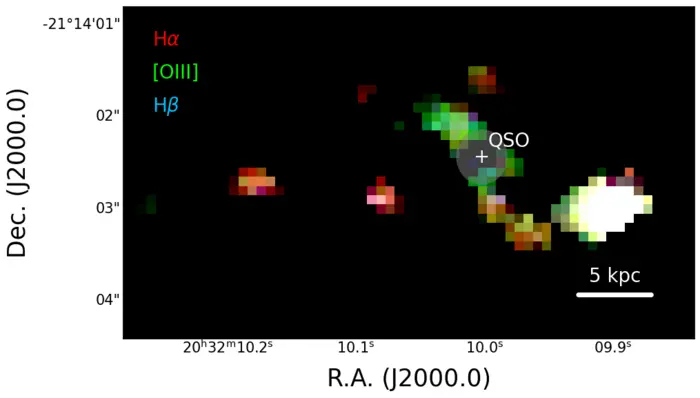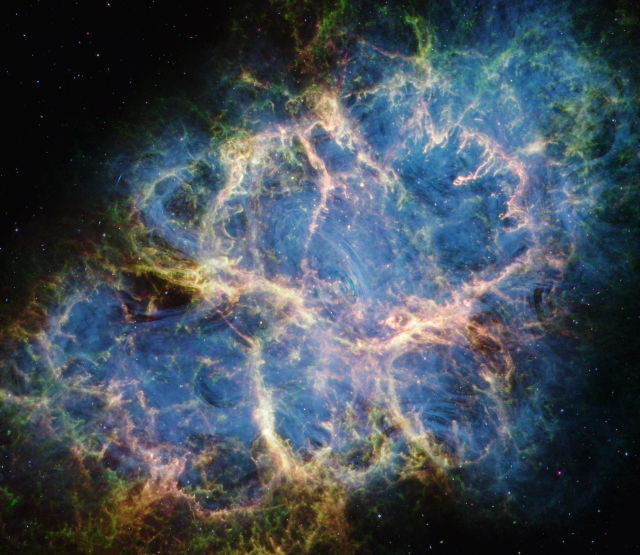The Daily Galaxy
The Daily Galaxy is a news site that covers space exploration, climate change, and the arms industry. The site aims to make complex subjects accessible to all readers by simplifying information and providing engaging content. The articles are well-researched and provide unique insights into scientific discoveries, environmental impacts, and defense technologies.
100%
The Daily's Verdict
This news site is known for its high journalistic standards. It strives to maintain neutrality and transparency in its reporting, and avoids conflicts of interest. It has a reputation for accuracy and rarely gets contradicted on major discrepancies in its reporting.
Bias
100%
Examples:
- The articles on The Daily Galaxy provide no examples of bias.
Conflicts of Interest
100%
Examples:
- There are no examples of conflicts of interest found in The Daily Galaxy's articles.
Contradictions
96%
Examples:
- An additional 15 commercial and non-defense missions are planned for the Atlas V rocket beyond its final national security mission.
- Its longitudinal extent has contracted from 40 degrees in the late 19th century to 14 degrees in recent years.
- ]The Atlas V rocket will continue to be used for 15 additional missions.[
- The Great Red Spot has been shrinking for the better part of a century.
Deceptions
100%
Examples:
- There are no examples of deception found in The Daily Galaxy's articles.
Recent Articles

ULA's Historic Final Atlas V Launch: USSF-51 Marks 58th National Security Mission
Broke On: Sunday, 28 July 2024
New Discoveries from Juno's 61st Flyby of Jupiter: Chaotic Clouds and Cyclonic Storms in the Folded Filamentary Region
Broke On: Sunday, 12 May 2024
The Shrinking Great Red Spot of Jupiter: New Study Suggests Smaller Storms Are Starving the Iconic Anticyclonic Storm
Broke On: Wednesday, 17 July 2024
NASA's Curiosity Rover Discovers Pure Elemental Sulfur on Mars
Broke On: Thursday, 30 May 2024
Why It's Hotter When Earth is Farther from the Sun: Debunking the Aphelion Misconception
Broke On: Friday, 05 July 2024
New Discovery: Quasar Merges with Two Galaxies, Revealing Early Galaxy Formation and Black Hole Growth
Broke On: Friday, 05 July 2024
Summer 2024 Night Sky: Perseids, Delta Aquariids, Planets, and Celestial Events
Broke On: Thursday, 20 June 2024
ESA's Ariane 6 Rocket Passes Final Test Before July Launch: Wet Dress Rehearsal Successful
Broke On: Thursday, 20 June 2024
New Insights from JWST Reveal the Crab Nebula as a Complex Core-collapse Supernova
Broke On: Tuesday, 18 June 2024